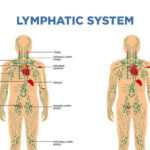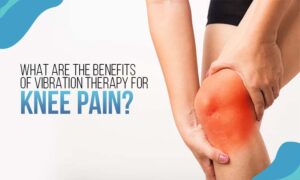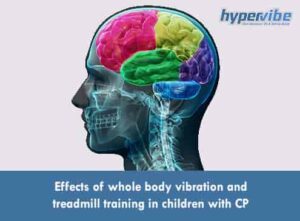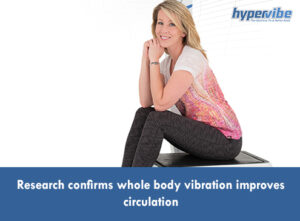The sleep cycle: what happens during each sleep stage
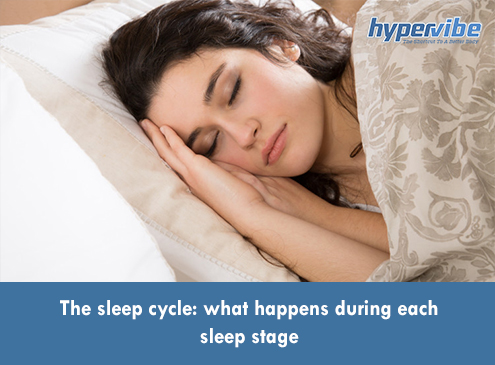
The brain’s internal circadian clock or biological clock, which is located in the hypothalamus region, dictates the sleeping and feeding patterns, the body’s core temperature, the production of hormones and the metabolism of glucose, the regeneration of cells and one’s alertness during the day.
It controls the brain wave activity and many other biological processes, helping the body synchronize itself with the so-called Zeitgebers (“time-givers” in German) – external or environmental cues such as daylight and light in general, temperature, exercise, eating and drinking patterns and so on, which influence the circadian rhythm.
The fact that humans are diurnal creatures reflects in the circadian cycle: we’re naturally active during daytime and our bodies produce less melatonin during the day and more in the evening, when the organism is preparing for sleep. The core body temperature decreases during the night, and the production of cortisol increases in the morning, making us alert again.
All these processes are perfectly synchronized to make us sleepy after 8:00-9:00 PM and to prepare our bodies for a new active day starting with 7:00-8:00 AM. There’s another period of sleepiness around 2:00 PM which is also dictated by the circadian rhythm and is referred to as the post-lunch dip, so if you tend to feel tired around noon, you shouldn’t blame it on your work.
Now let’s see how the sleep cycle is structured and what happens during each of the sleep stages. Typically during sleep the body cycles between REM and non-REM sleep, the former standing for Rapid Eye Movement: during this stage the eyes move quickly in different directions, hence the strange name.
The sleep cycle starts with the non-REM sleep, followed by a short period of REM sleep, so the REM pattern is the shorter one. These two repeat throughout the sleep hours, and have a relatively constant duration. Typically, the REM sleep happens around 90 minutes after falling asleep, and lasts for just 10 minutes, but then the stages of rapid eye movement sleep get longer, the last one lasting up to an hour.
The REM sleep is also referred to as “active sleep”, and is the interval when dreams occur and when the muscles of the arms and legs are temporarily paralyzed. As strange as it may sound, this is our body’s way of protecting itself and preventing us from doing stupid things during our dreaming hours.
The non-REM sleep consists of four distinct stages, N1, N2, N3 & N4. The brain waves are faster in N1 and become slower as we approach N4, eyes remaining still during the entire NREM cycle. non-REM sleep is also referred to as “deep sleep”, each stage lasting for 5-15 minutes.
In N1 you’re still likely to wake up easily, but in N2 your body enters light sleep, when the heart rate slows down, the body temperature decreases and the organism prepares itself for the true “deep sleep” interval. In N3 and N4, the body is in deep sleep so it’s harder to wake up, and if you do wake up you may feel disoriented for a couple of minutes, until the brain and body synchronize.
Internal processes during REM and non-REM sleep
In the first stage of the non-REM sleep you’re between being awake and falling asleep. The brain produces alpha and theta waves and the eye movement slows down, however you are still likely to wake up easily as your brain is still somehow alert.
Once you enter the second stage, there’s a sudden increase in brain wave frequency and the activity of the brain slows down, so you become disengaged from surroundings and your body temperature starts decreasing. The breathing and heart rate are regular, but you do get a restful nap if you enter this phase.
In the last two stages of the NREM sleep, the blood pressure drops, breathing becomes slower and muscles are relaxed. This is the deepest stage and the most restorative one, when the cells and tissues are repaired and tissue growth occurs. The blood supply to muscles is increased, energy reservoirs are replenished and hormones are released.
The immune function is also restored during this stage. There’s no eye movement or muscle activity during this phase of the NREM sleep, so it’s harder to wake up, as the body is quite unresponsive to outside stimuli.
The last stage of the sleep cycle, the REM sleep, occurs about 90 minutes after falling asleep, and it’s the phase during which the muscles are turned off and the body is relaxed and immobile. The brain is active and dreams occur, and the body is energized for the new day. The heart rate increases and so does blood pressure.
Breathing becomes faster and irregular, and the things you learned during the day are consolidated now. Also, during this stage the brain processes the information it received the day before, and stores it in the long-term memory.
Although each of them is defined by different processes, both REM and NREM sleep are essential for your health and well-being. Not getting enough sleep can have serious effects on your body, and can make you more prone to illness. People who constantly skip sleep hours are more likely to gain weight because the production of hormones that control hunger is altered, and they’re likely to experience concentration and memory problems.
Not sleeping enough makes you irritable and your creativity is affected. Also, your energy levels are decreased and your brain is exhausted, so your productivity decreases. Your skin’s aspect may also be altered and the increased production of cortisol may affect your skin, weight and mood, making you stressed, anxious and fearful.
Moreover, it can cause your blood sugar levels to increase and make you more prone to developing diabetes type 2. To prevent all these issues, make sure to get enough sleep each night and to eliminate those factors that could wake you up during the restorative sleep stages.
Have something to add to this article? Comment below or join our Facebook community and share your thoughts with us there.





